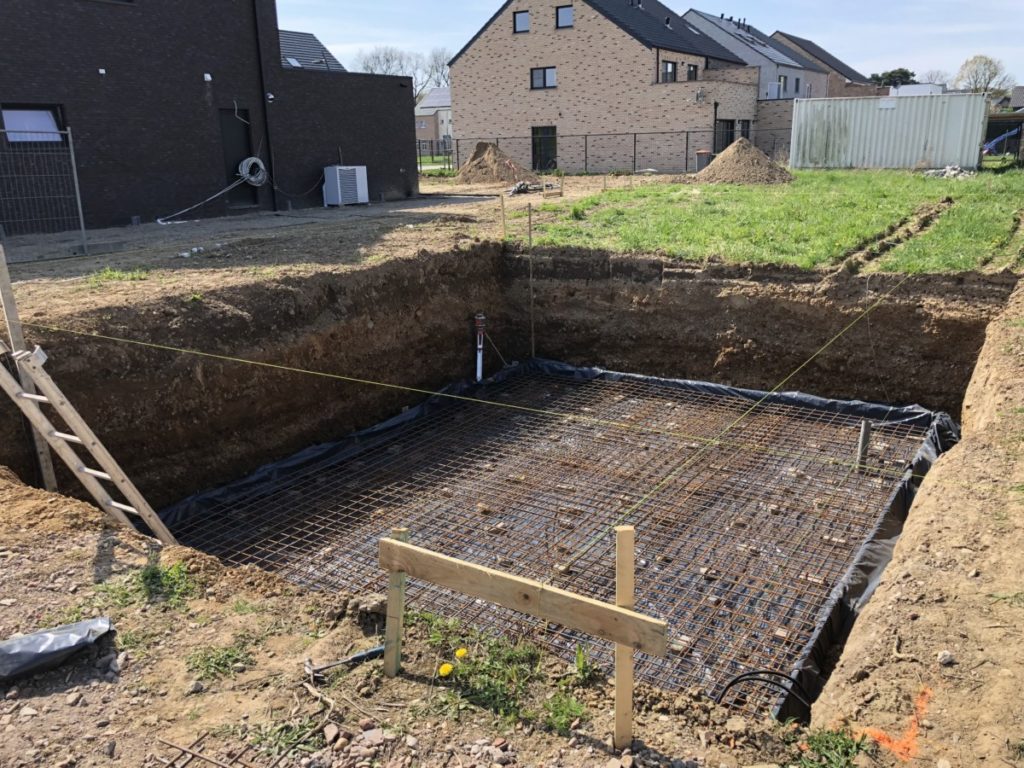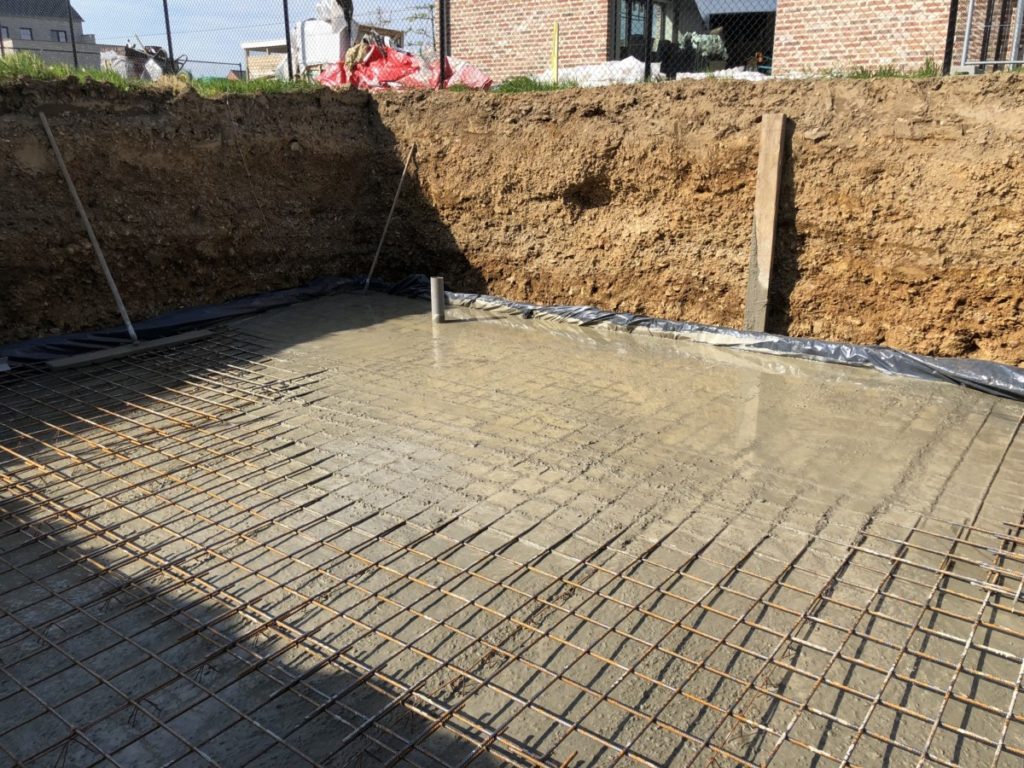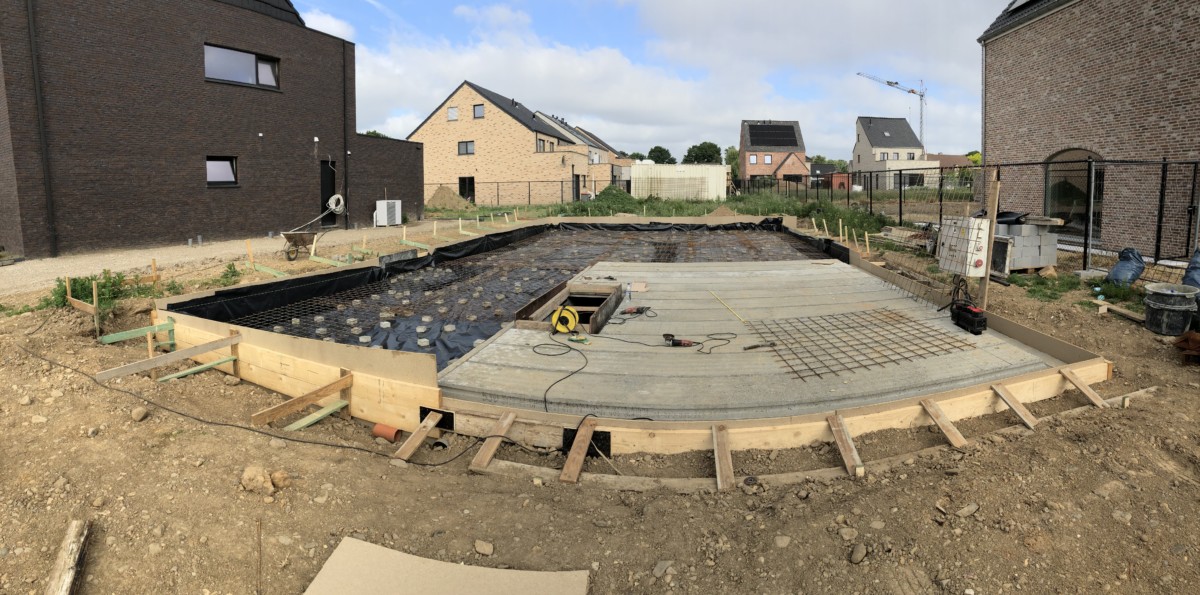A proper foundation is essential when pouring concrete for any structure, whether it is an office building, driveway, a house, or a garage. If a foundation is not properly set it will compromise the integrity of the structure, which over time cracks will develop or a weak foundation that may result in severe g or sinkholes. There are precautions you can take to minimize the cracks in the foundation, for example, the placement of rebar.
Does garage floors have rebar? Yes. In order for your foundation to last over time, it is important to have rebar placed before you pour the concrete in your garage. The proper placement of the rebar is essential to ensure a long-lasting foundation without a large amount of separation or cracks.
Before any project begins involving pour concrete, it must be done with such precise measurements, proper equipment, and design for the foundation to remain stable. If anyone of these components is compromised or if a shortcut is taken, then structure becomes dangerous. Without a solid foundation, the building or structure in which rests upon it may collapse whether it is cracking and sinking.
Table of Contents
What Is The Proper Technique To Apply Rebar For A Garage Floor?

There are 6 significant steps to take prior to pouring concrete for your garage, and applying rebar properly is one of them. Here are the steps:
Removing the topsoil. This is ground preparation. If the soil has NOT been raked, dug, or disturbed, then you need to apply at least a 4-inch layer of gravel over the ground surface. However, if the ground has been disturbed or loose, then you need to compact the ground before applying the gravel.
Apply the vapor barrier. This consists of thick sheets of plastic covering the gravel. This acts as a barrier to prevent water movement once the concrete is poured. Concrete has pores, and the ground has small amounts of moisture in the dirt. This vapor barrier keeps the concrete clean and “dry” for a strong foundation. Be sure to use sheets that are for the purpose of pouring concrete.
Mixing the concrete. Correctly mixing the concrete is extremely important to set a strong and solid foundation. Too much water makes a loose and week concrete. The professional term is called “compressive strength,” and it does vary on the ratio requirement depending which part of the country you live in.
Rebar. Before you finish pouring the concrete, you must lay the rebar. The rebar is placed over the plastic barrier. This is considered optional only if every other component is done properly, such as the concrete mixture, vapor barriers, and ground preparation. However, it is recommended to place rebar as another level of reinforcement for the foundation. Rebar setting should be placed in the middle of the concrete pour rather than at the bottom.
Finishing. Once the concrete is poured, the final step is “finishing and curing.” This “finishing” process is smoothing out the concrete creating a flat and even surface. As you are leveling out the concrete for the final foundation, most contractors will place expansion grooves by cutting into the wet concrete to avoid or minimalize cracks in the result.
Curing. A chemical method that is applied after the finishing or leveling out of the floor. Curing is applied to the top layer and keeps the top slightly wet as the rest of the concrete “sets.” This is just an extra precaution, but it will save time, money, and the appearance of your foundation in the years to come. Website: https://www.concretenetwork.com/concrete/slabs/curing.htm states there are 2 main purposes for the curing chemical process.
- It keeps moisture in the concrete as it sets or dries as it strengthens
- Delays shrinking until it is strong enough to prevent cracking
They also offer unique and helpful tips for the chemical curing process. Any project involving the pour of concrete for any foundation, it is always wise to take every precaution to ensure your final product is built to last. When shortcuts are taken, not only does it expedite the age, but it is also very dangerous. A garage is usually attached to a home or living structure so when a garage floor is cheaply done, then it may cause the other structure to deteriorate before its time.
Are There Different Types of Technique For Concrete Foundations?

Yes, there is, and it does depend on the area where you are building and the actual type of project you are constructing. There are 3 types of foundations: T-shape, slab-on-grade, and frost protected.
- T-shape: often used in colder climates.
- Slab-on-grade: This method is used in warmer climates and reinforces the rebar and holds it in place.
- Frost protected: this type of foundation is used for heated structures. It has two sheets applied one is used for the outside of the foundation, and the other placed on the gravel. The purpose of this method is for insulation and often used for heated structures. Frost protected is the utmost preference when laying the concrete for any heated structures.
For complete detailed process on these 3 types of foundation a helpful website to read is:
https://www.concretenetwork.com/concrete/foundations.htm On this site, they will give you a breakdown for each procedure, when to use a foundation, tips, products, and offer links to subject-related content.
Each type of foundation has strict codes to follow, which will ensure the outcome will produce a strong solid structure. Many contractors in the field strongly suggest allowing enough time and money to complete each process in completion. It is a sad tale when a beautiful building is constructed only to fall apart just because a few short cuts were used on the building of the foundation.
Other Tips To Assist A Proper Layout For Your Foundation
Soil. Different types of soil and environment all play a part in having the proper mixture ratio. It is known to place what is called “plasticizers” in the mix to ensure the strength of the concrete. Too much water can make the mixture weak, and too little proves to be difficult to pour. Adding the plasticizers to the mix will keep the concrete strong without having any effect on the stability or ratio.
Environment/Climate. If you happen to live in a cold environment, it is wise to include “air-entraining agents,” which is a special type of fiber that reinforces the strength of the foundation. When concrete is poured in colder climates, there is a threat of the “freeze-thaw” effect. The concrete can freeze but when it thaws the extra water will seep into the concrete mixture making the mixture weak. The addition of the fiber keeps the integrity of the concrete.
Expansion Joints. As the concrete “dries,” there is an expansion and shrink process. Expansion joints are used when the concrete goes through the process of expansion. The joints absorb the expansion and eases the stress on the foundation.



0 Comments